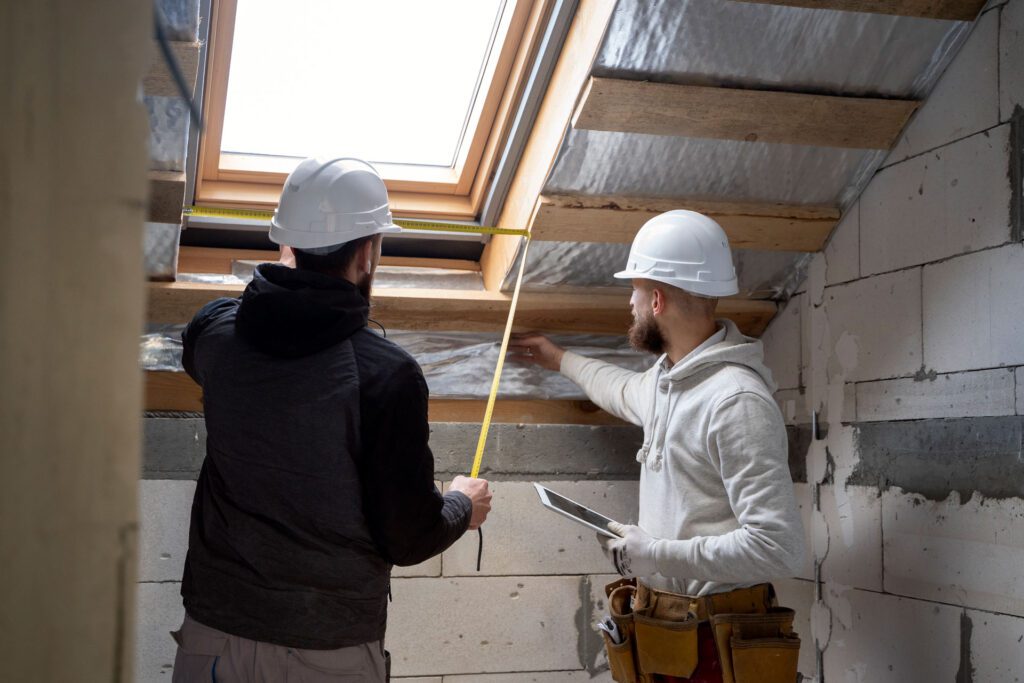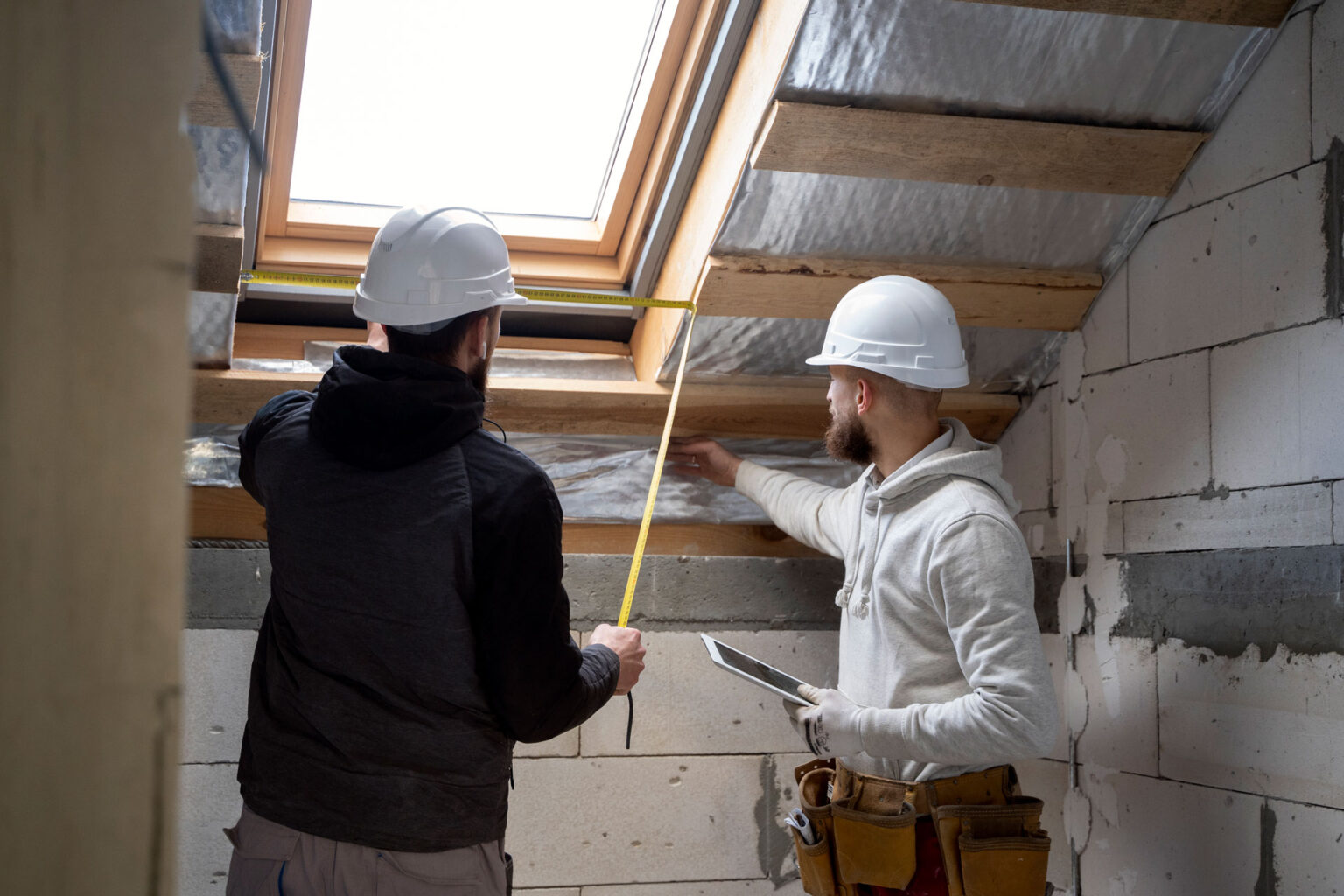
How to assess the safety or potential toxicity of foam insulation panels?
You can assess the safety / toxicity profile of any manufactured product by reading the SDS (Safety Data Sheet) provided by the manufacturer. You should be able to find the SDS on the manufacturer’s website, but in practice it is frequently easier to search for them in a search engine using the manufacturer name, the brand name of the product, “SDS”, and “pdf”, like so:
“dow utilityfit sds pdf”.
The SDS is in logical sections that are mandated by regulation. The sections of interest for safety and toxicological information are:
- 2. Hazards Identification
- 3. Composition/Information on Ingredients
- 11. Toxicological Information
- 15. Regulatory Information
So for the Dow Utilityfit Styrofoam panel SDS published on 04/16//2015 we know:
- this is an XPS extruded polystyrene panel
- the hazard classification in section 2 is: “This material is not hazardous under the criteria of the Federal OSHA Hazard Communication
Standard 29CFR 1910.1200.” - from section 3 we see it has 0 – 10% free styrene monomer, and 5 – 10% tetraflouroethane fire retardant
- from section 11 – carcinogenicity: “Contains component(s) which did not cause cancer in laboratory animals.” and under components, tetraflouroethane: “LC50, Rat, 4 Hour, vapour, > 1,500 mg/l”. (LC50 = lethal concentration 50% in observation interval)
- from section 15: “California Proposition 65 (Safe Drinking Water and Toxic Enforcement Act of 1986) This product contains no listed substances known to the State of California to cause cancer, birth defects or other reproductive harm, at levels which would require a warning under the statute.”

How to assess the safety or potential toxicity of foam insulation panels?
Thus, to me, the take message is that the regulatory authorities (in 2015) considered this to be benign. If you are still concerned, investigate the individual components by searching for an MSDS PDF. Search “MSDS pdf tetraflouroethane” will give you this link for 2021 MSDS: https://www.airgas.com/msds/001055.pdf. Section 15 regulatory listings are minimal, including for California (the strictest) and Massachusetts.
There is certainly an art to effectively reading an SDS or MSDS and deciding upon the scale of risk for a particular product or component. I would have no hesitation using this particular XPS foam panel based on the SDS, especially if it was being applied on the exterior of the building frame.
It is not easy to tease out the relative risks of different building products, say foam panels vs OSB (oriented strand board). If the OSB is produced with a formaldehyde based glue, its carcinogenic potential would be much higher than that of the foam panel, according to a 2011 article in the NY Times about a government report that listed formaldehyde as a known carcinogen and styrene as possibly carcinogenic. In the wood products that use formaldehyde based glues, such as some plywoods, the amount of formaldehyde that can be emitted is fairly high. For EPS and XPS, free styrene monomers are the result of an incomplete polymerization reaction, and the manufacturer is going to work hard to minimize that. For wood products, you can avoid high formaldehyde levels by buying products with these labels: U.L.E.F. (ultra-low-emitting formaldehyde), N.A.F. (no added formaldehyde) or C.A.R.B. (California Air Resources Board) Phase 1 or Phase 2 compliant.
